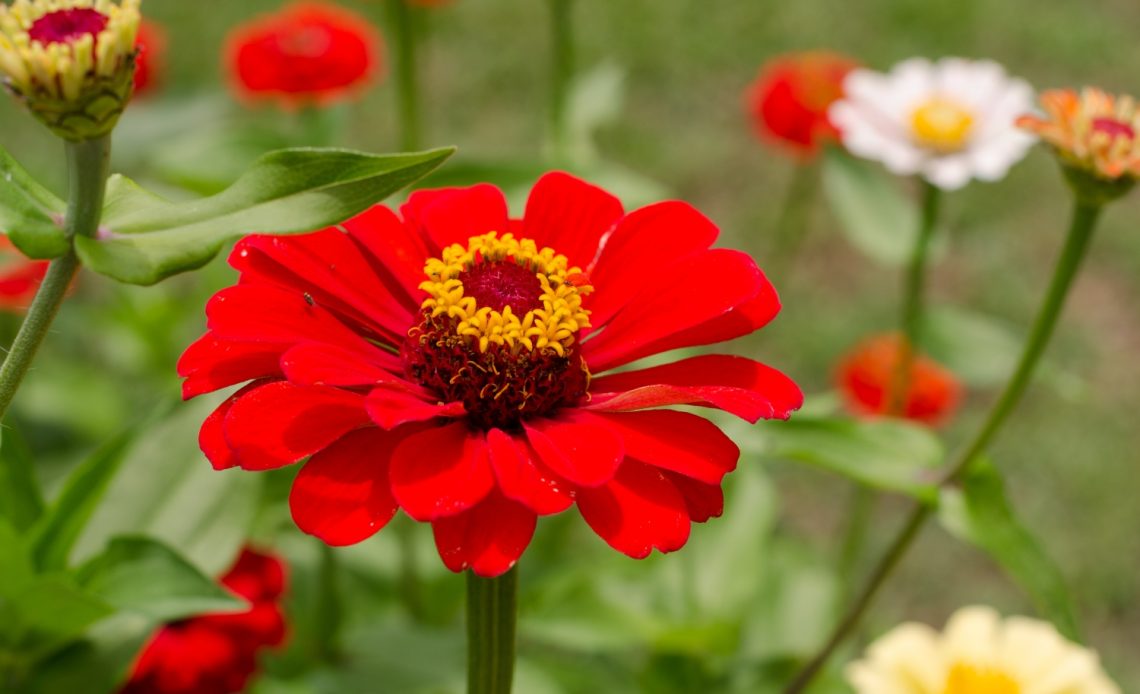

We’re here to help! Wild Yards is a completely free website that is 100% dedicated to helping you create a wildlife-friendly, sustainable yard. Read more
WildYards is reader-supported. When you buy a product through a link on our site, we may earn a comission. Every product is independently selected by our (obsessive) editors and our reviews are unbiased and objective. Read more about our mission or our privacy policy.
Zinnias have long been a garden favorite, and it isn’t hard to see why. These vibrant, open-faced flowers are easy to grow, and their fuss-free nature, combined with their unpretentious good looks, make them well-suited to just about any style of landscape. Zinnias come in a variety of hues, including pink, purple, red, orange, and yellow. These flowers are also popular with pollinators, not only because they’re so vibrant, but also because the flowers last for a long, long time. So, just how long do zinnias bloom?
Zinnias typically bloom for 60 days, although some zinnias can bloom for up to 5 months. Although these flowers are typically grown as annuals, meaning you’ll have to replant them year after year, their long-lasting flowers add a quick splash of color to your backyard garden.
What are zinnias?
A member of the Heliantheae family and a close relative of daisies and sunflowers, zinnias are native to grasslands across the southwestern portion of the United States and can be found throughout Mexico and South America, as well. Zinnias produce composite flowers (inflorescences that look like flowers, but aren’t) at the ends of single stems. The flowers themselves can have a single row of petals, or multiple rows, surrounding a central disc.
What do zinnias need to grow well?
Unlike some flowering plants, such as hydrangeas or dianthus, zinnias don’t like to be transplanted. Instead, zinnias grow best when started from seeds. These flowers are highly sensitive to frosts, which is why they’re traditionally grown as annuals. However, in warmer growing zones, zinnias may act as perennials. If zinnias are allowed to go to seed, they can easily propagate themselves.
Zinnias are easy-going flowers that perform best in warm weather (75 to 85 degrees Fahrenheit). As long as their basic growing requirements are met, they’ll be good to go. Plant zinnias in full sun in slightly acidic to neutral soil, with a pH of 5.5 to 7.5. The soil should be nutrient-rich and full of organic materials, but porous enough that it drains well.
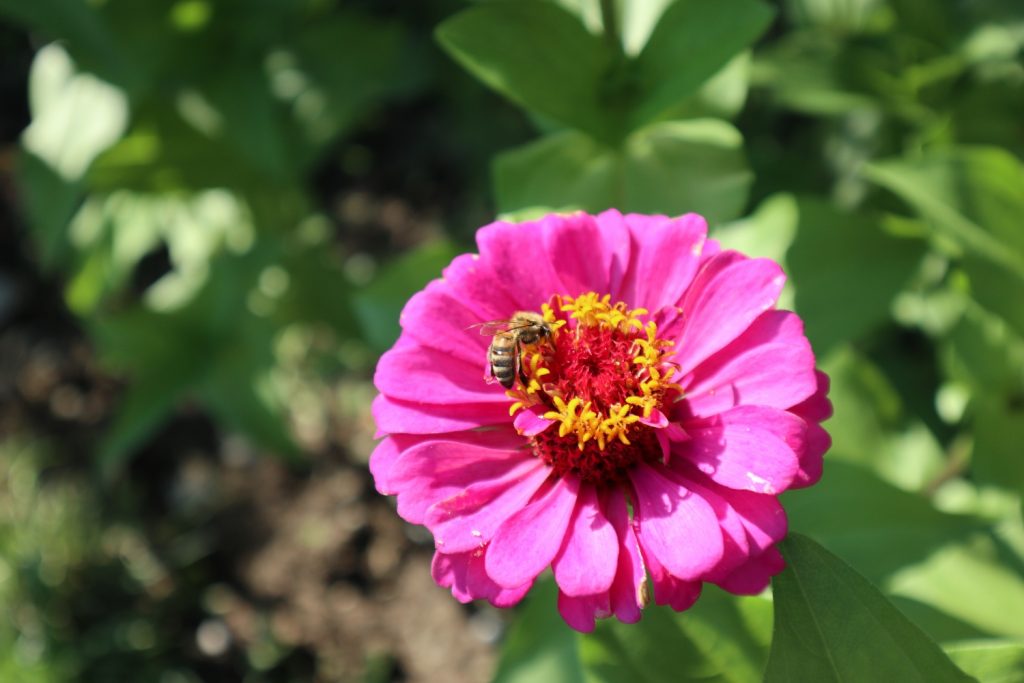
How long do zinnias bloom?
Zinnias bloom for 60 days on average, although some zinnias can bloom for much longer periods. Some zinnias can bloom for 5 months. Obviously, zinnias perform best when all of their growing requirements are met. If the zinnias are planted in full to partial shade, or if they’re growing in clay-rich, nutrient-poor soils, they may never reach their full blooming potential.
What can you do to encourage zinnias to bloom longer?
If you’ve taken measures to ensure all of the plant’s growing requirements are met, then your zinnias are sure to bloom for quite a while. But there are a few other things you can do to keep your zinnias blooming longer.
Stagger the seedlings
One easy way to get your zinnias to bloom longer is to stagger their growth. First, determine how many zinnias you want to plant in your garden. Then, start a few zinnia seeds indoors 4 to 6 weeks before the last frost of the season. Once those seeds germinate, start another round of seeds a week later, and so on.
Zinnias begin to flower around 70 days after germination. Staggering seedling growth keeps your zinnias blooming longer. Although zinnias dislike being transplanted, they’re much easier to transplant as seedlings than as adults. Just be sure to handle the seedlings carefully, and follow our handy guide to transplanting plants successfully. If you’d rather sow your zinnia seeds straight in the garden, wait until the danger of frost has passed before doing so.
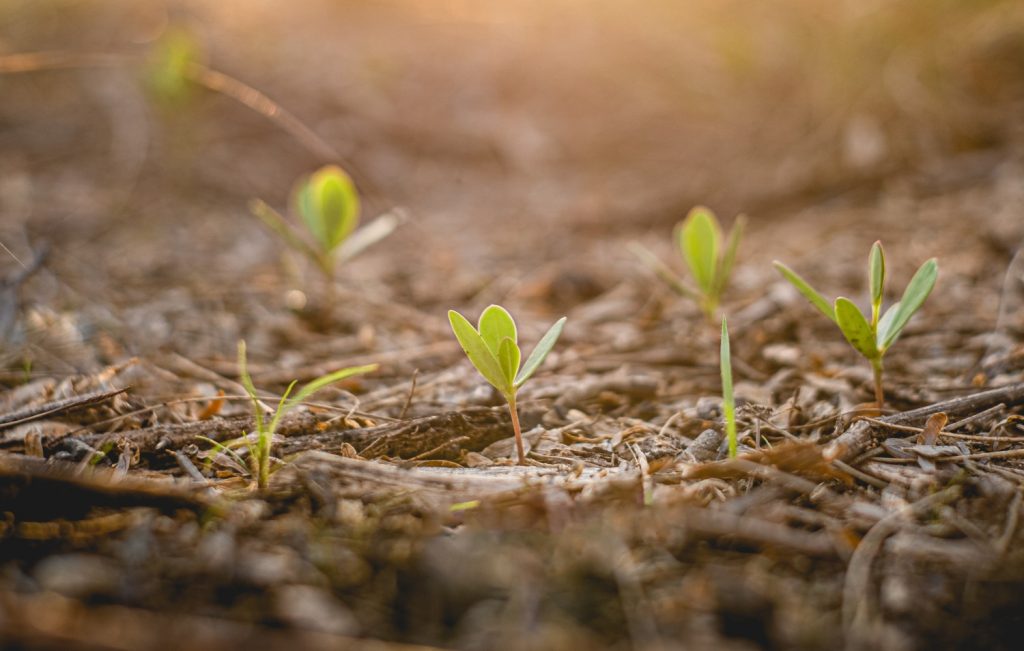
Space the plants far enough apart
Zinnias work well as a garden border because they attract pollinators and other beneficial insects. But, like other plants, they won’t perform as well if they have to compete with each other for nutrients. So, if you want your zinnias to bloom for as long as possible, be sure to space them far enough apart.
Dwarf zinnia varieties grow anywhere from 6 to 12 inches tall by as many inches wide. But larger varieties can grow up to 4 feet tall, and up to 2 feet wide. Ideal spacing varies depending on the plant’s variety. So check the back of your seed packet before planting to make sure your zinnias have plenty of room to spread out.
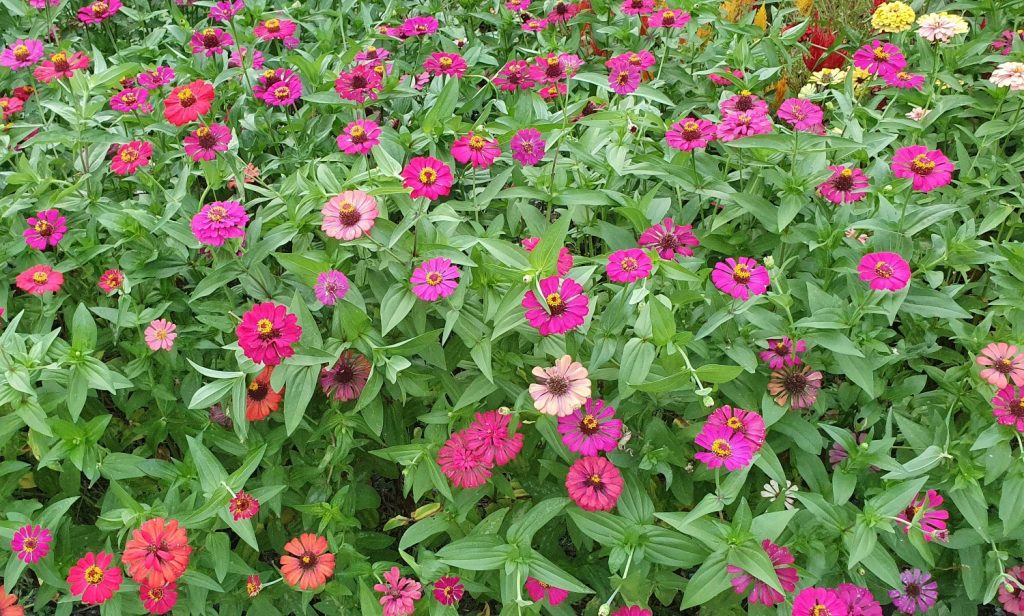
Remove the first series of flower buds
Zinnias may start to bud out before they’ve reached their full size. While there’s nothing inherently wrong with this, allowing the flowers to bloom before the plants have matured a bit means they’ll have fewer stems needed to produce more flowers in the future.
Pinching off the first series of flower buds can seem like a step in the wrong direction. But this actually allows plants to retain the nutrition they need to create lateral branches. Zinnias produce one flower per stem, so the more stems they have, the more flowers they can produce.
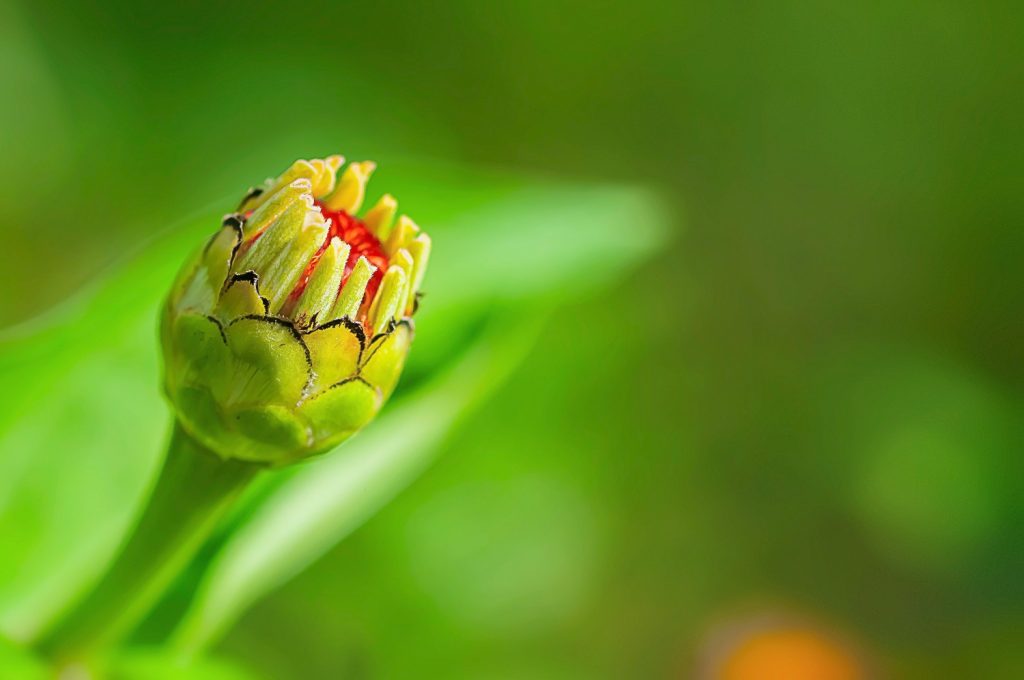
Harvest mature flowers
Once your zinnias have matured a bit and begun producing flowers regularly, harvest a handful every now and then to stimulate bloom production. To determine if flowers are ready to cut, grasp the stem 8 inches beneath the flower and wiggle it back and forth. If the flower head flops around a lot, it’s too young to trim. But if the flower is sturdy, it’s safe to trim.
Zinnias are long-lasting flowers, even once they’ve been cut. After you’ve harvested a bouquet of zinnias, trim the cut stems at a 45-degree angle to create a greater surface area for water absorption. Display the zinnias in a small vase or glass jar filled with warm water, and be sure to replace the water every few days to keep the flowers fresh.
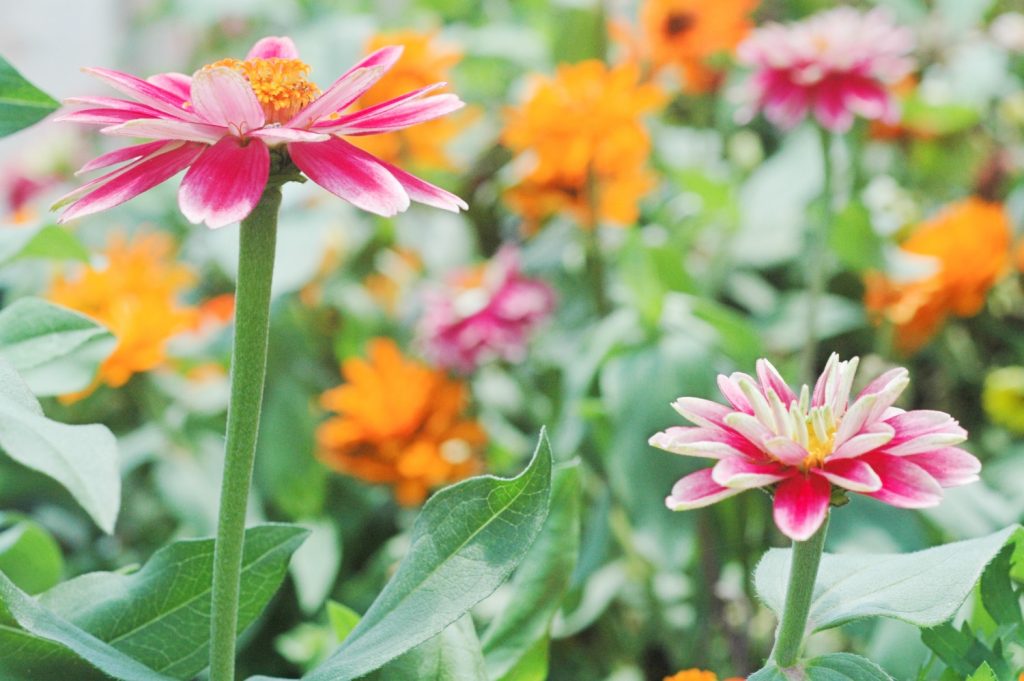
Feed the plants
The flowering process requires a ton of energy. Plants rely on the nutrients in the soil to produce their blooms. But once they’ve used up the vitamins and minerals in the ground, they won’t have any nutrients left over to make more flowers once their first blooms die off. Zinnias, in particular, rely on nitrogen and phosphorous to create blooms. So if you want your zinnias to bloom longer, be sure to feed them regularly.
A general fertilizer like Miracle-Gro All-Purpose will work just fine. Apply the fertilizer every 30 to 45 days. You can also give the plants a healthy dose of homemade compost if you’d rather not put chemicals into your garden soil.
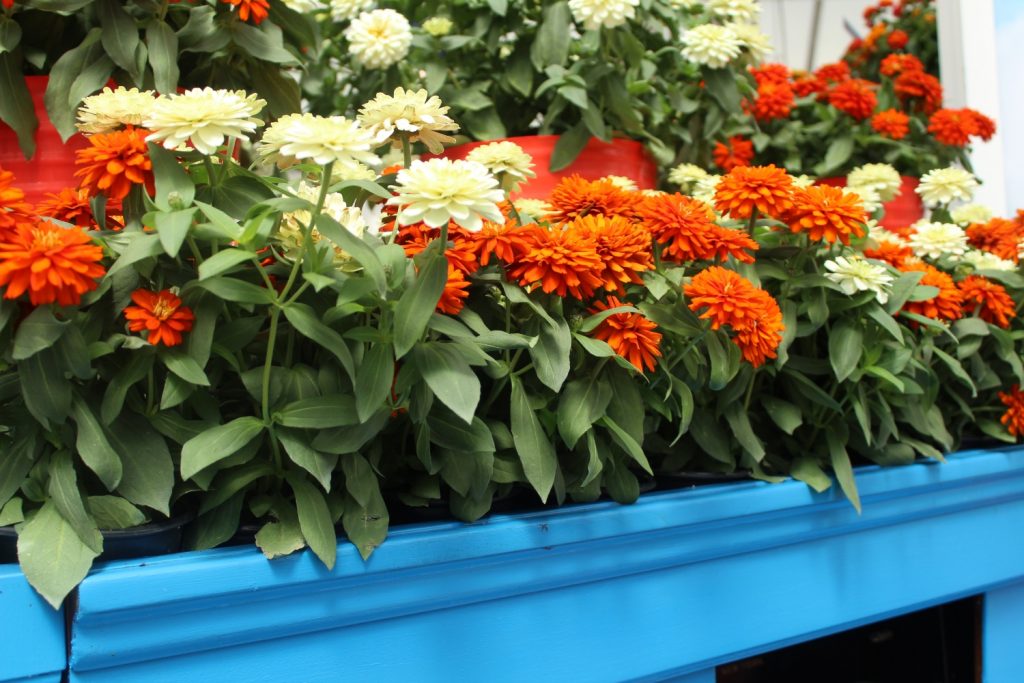
Apply a layer of mulch
Zinnias need around 1-inch of water every week, although zinnias growing in warmer climates may need more. Like the other plants in your garden, it’s best to water your zinnias in the morning, to give excess water plenty of time to dry up before nightfall. But, if you’re having the opposite problem, and your zinnias are drying out way too fast in between waterings, then the plants may benefit from a layer of mulch.
Wood chips and straw work well as mulch for zinnias. Not only do they stabilize the soil temperature and prevent rapid moisture loss, but these materials also provide valuable vitamins and minerals for your zinnias as they break down.
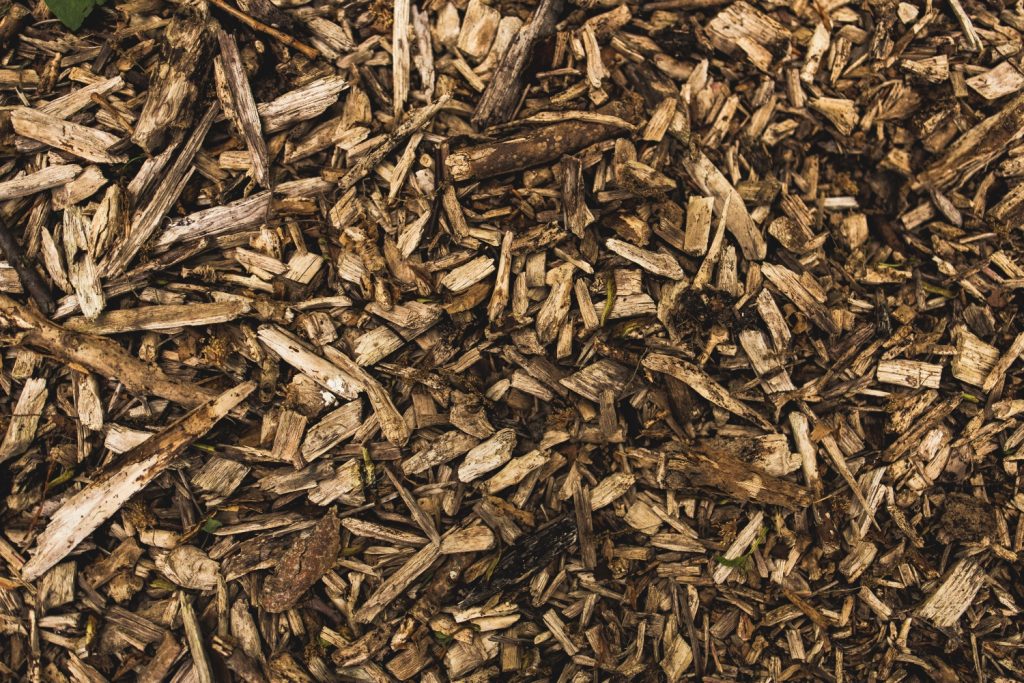
Keep deer, rabbits, and squirrels at bay
Planting zinnias in your garden is a great way to attract more butterflies, bees, and hummingbirds. But, unfortunately, other animals are drawn to zinnias, too, including deer, rabbits, and squirrels. These animals feed on the plant’s foliage and are especially fond of the zinnia’s nectar and pollen-rich flower buds.
If you suspect hungry foragers are destroying your zinnia flowers and preventing them from blooming, spray the foliage liberally with Dawn dish soap repellent. This soapy dilution will coat an animal’s tongue and discourage them from nibbling on your flowers.
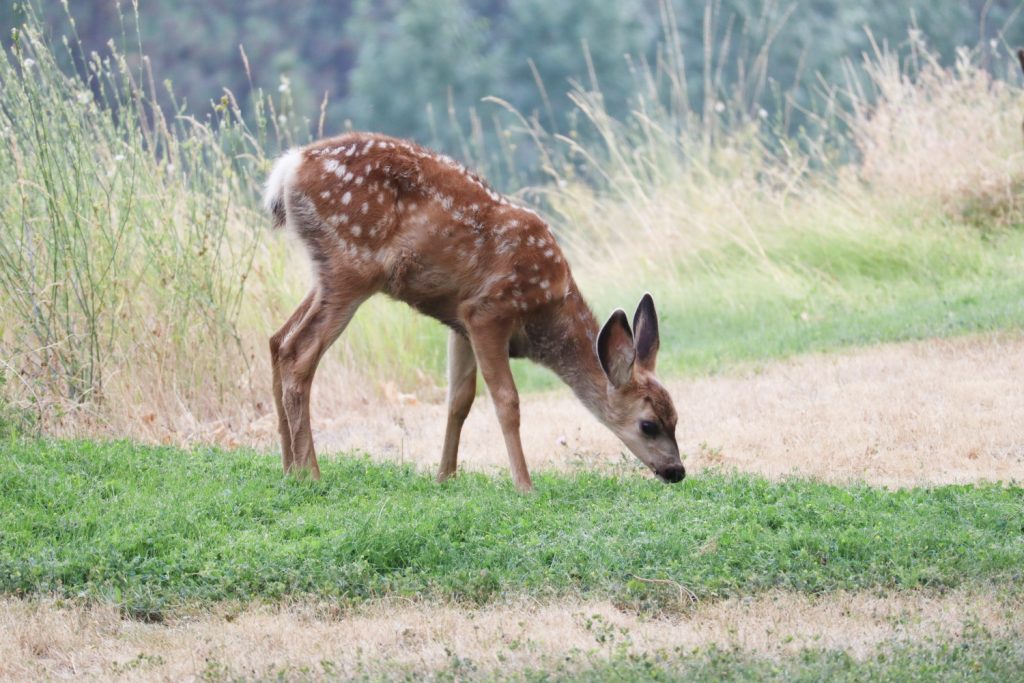
Use insecticides if necessary
Maybe your zinnias aren’t falling prey to deer, rabbits, and squirrels. Maybe insects are boring their way into the buds and killing the flowers before they get a chance to blossom. In that case, mix up a homemade insecticide. Combine 1 ½ cups of white vinegar with 4 cups of water and apply the solution to the plant’s foliage using a garden tank sprayer.
While this insecticide recipe may be all you ever need to keep the bugs at bay, it’s not uncommon for insects to build up a resistance to it. Over time, you may need to add other ingredients, like citrus peels, Castille soap, or diatomaceous earth.
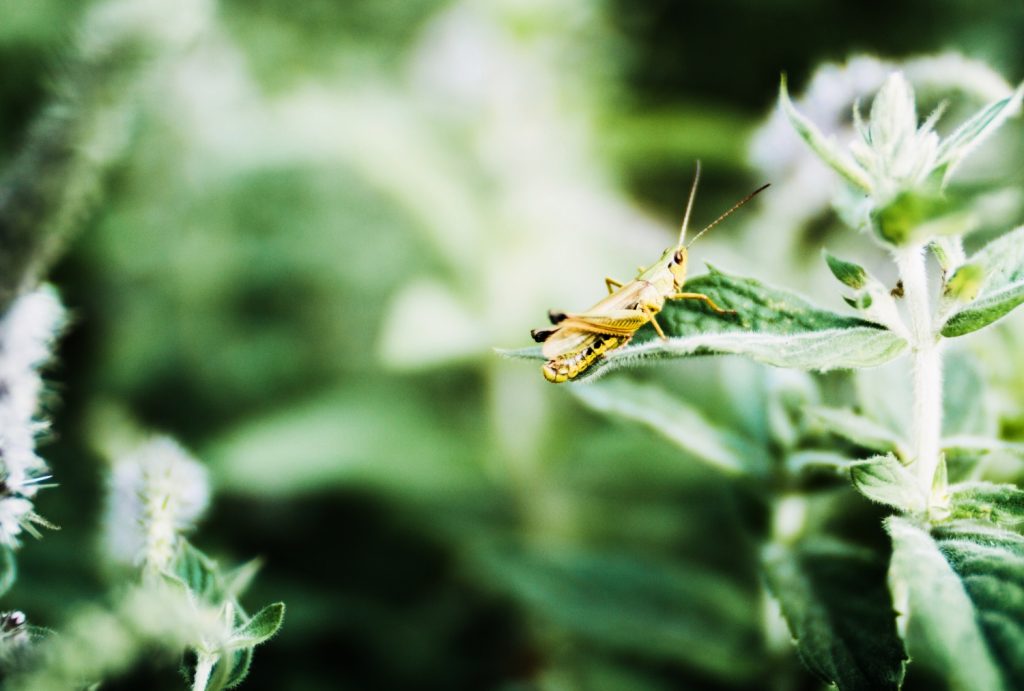
Deadhead the flowers regularly
Once a flower is done blooming, it goes to seed. Flowers are for reproduction, after all. So if you want your zinnias to self-propagate, then allow the flowers to dry up and disperse their seeds. But, if you’d rather your zinnias keep blooming, instead, then be sure to deadhead the plants regularly.
Use a sharp pair of scissors or garden shears to snip dead and dying flowers off of the zinnias. Trim just beneath the flower, right where the blossom meets the stem. Toss the discarded blossoms into your compost heap, or use a weed fork to work them into the soil surrounding your zinnias to provide them with more nutrients as they decompose.
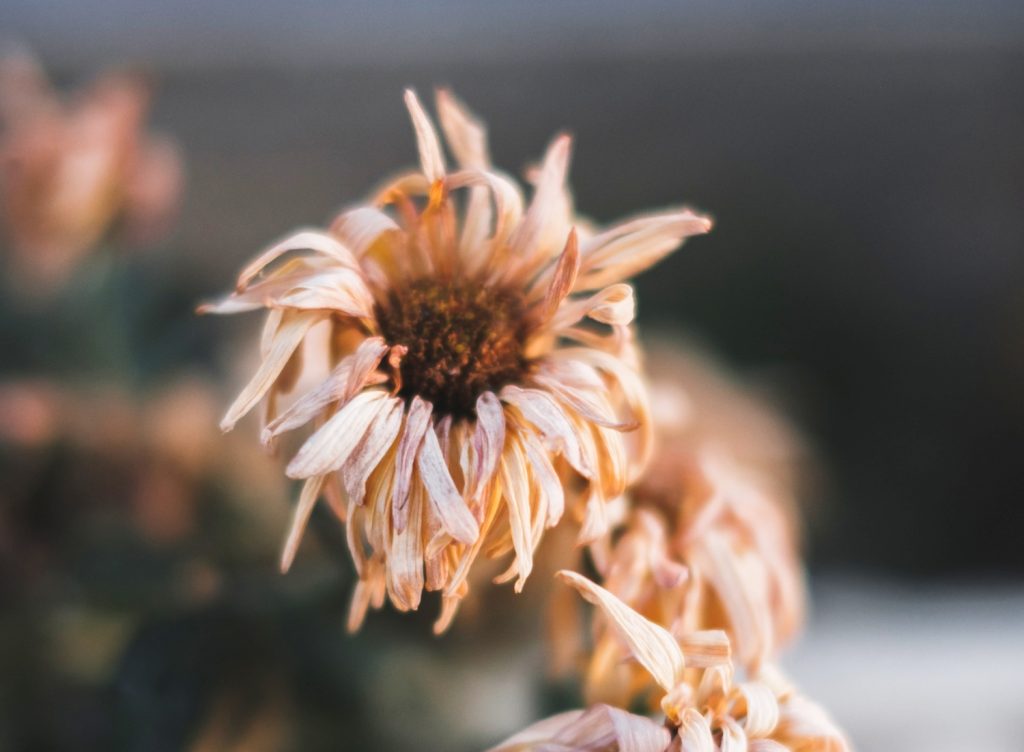
Is growing zinnias worth it?
Zinnias are prolific bloomers, making 20 to 30 flowers per plant on average. By employing the strategies mentioned here, you can maximize your zinnias’ blooming potential and keep your garden bright and colorful from spring to fall.
